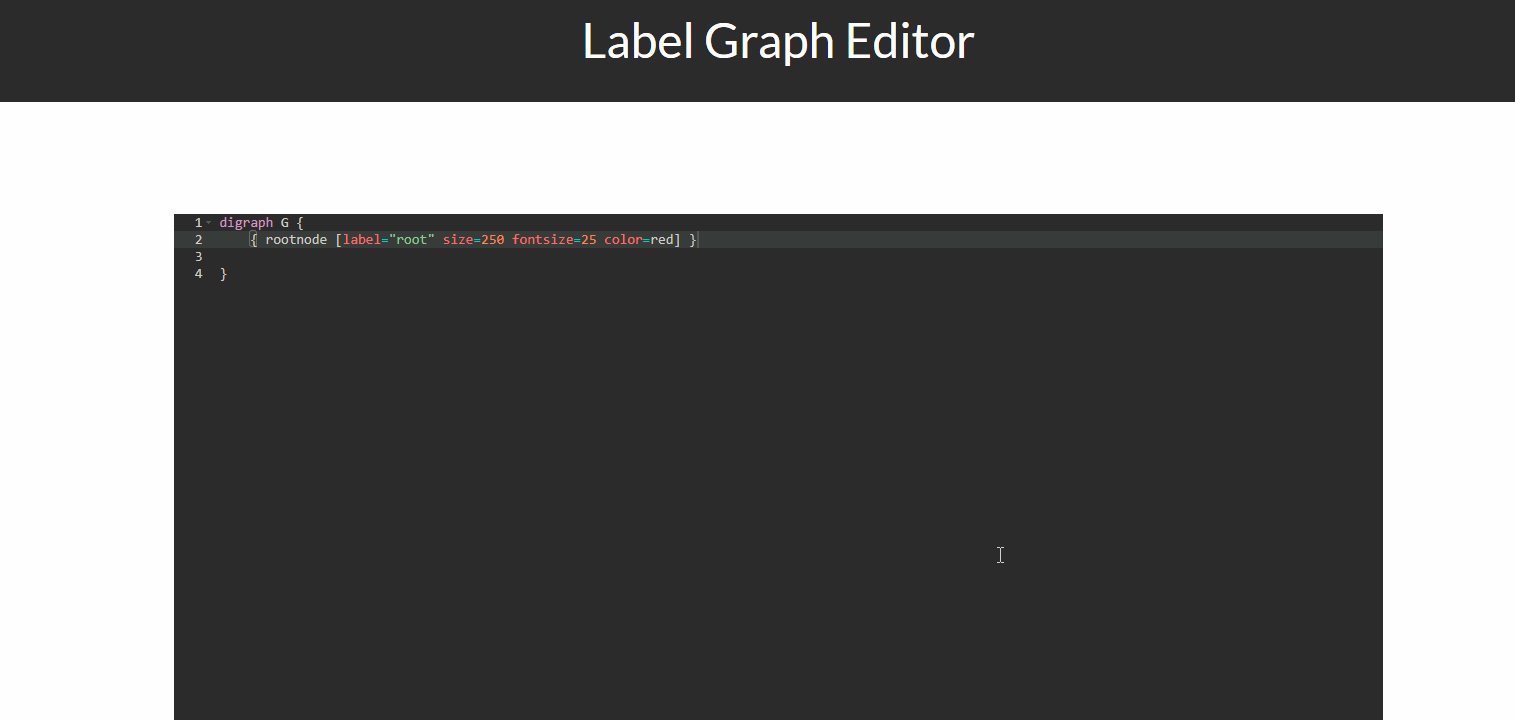Parses the Graphviz DOT language and creates an interface, in golang, with which to easily create new and manipulate existing graphs which can be written back to the DOT format.
This parser has been created using gocc.
graphAst, _ := gographviz.ParseString(`digraph G {}`)
graph := gographviz.NewGraph()
if err := gographviz.Analyse(graphAst, graph); err != nil {
panic(err)
}
graph.AddNode("G", "a", nil)
graph.AddNode("G", "b", nil)
graph.AddEdge("a", "b", true, nil)
output := graph.String()
- The godoc includes some more examples.
- How to implement an anonymous subgraph
go get github.com/awalterschulze/gographviz
- aptly - Debian repository management tool
- gorgonia - A Library that helps facilitate machine learning in Go
- imagemonkey - Let's create our own image dataset
- depviz - GitHub dependency visualizer (auto-roadmap)
- kustomize-graph - A tool to visualize Kustomize dependencies
- inframap - Read your tfstate or HCL to generate a graph specific for each Terraform provider
- Antrea Traceflow supports using Traceflow for network diagnosis for Antrea, a Kubernetes networking solution intended to be Kubernetes native
Using Golang and GraphViz to Visualize Complex Grails Applications











